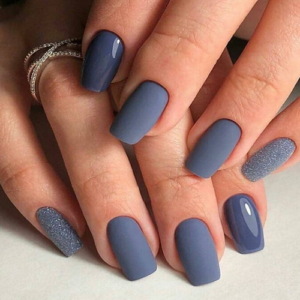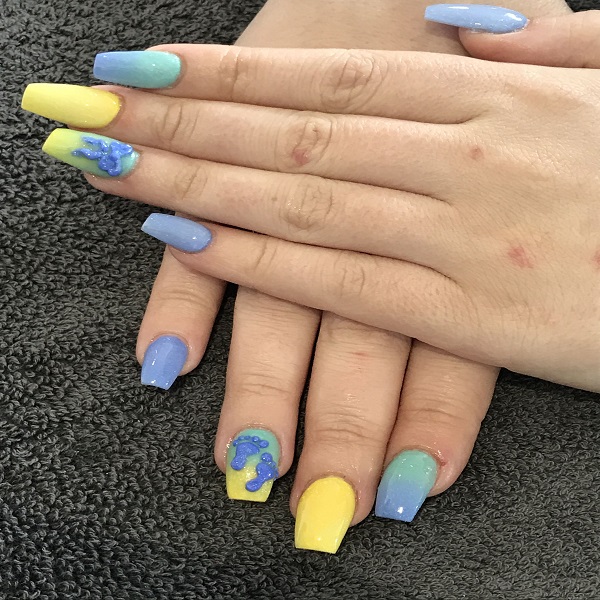Table of Contents
What Makes up a Rusty Nail?
Nails, which are commonly found in old buildings and abandoned structures, consist of iron, a metallic element. To prevent the formation of rust, nails are coated with a layer of zinc. However, when exposed to moisture and air, nails undergo a chemical reaction with oxygen, resulting in the formation of iron oxide, or rust. Rust, a brittle and flaky reddish-brown substance, is made up of iron, oxygen, and water.
The presence of rust weakens the nail, making it more susceptible to damage and breakage. Additionally, rusty nails pose a safety risk as they can cause injury to unsuspecting individuals. It is crucial to handle rusty nails with caution to prevent any harm.
To prevent rust from forming on nails, it is advisable to keep them dry and store them in a dry place. Alternatively, consider using stainless steel nails when working in wet environments as they are less likely to rust.
How Rust Forms on a Nail
Rust develops when a nail is exposed to both moisture and air. The iron atoms in the nail react with oxygen, resulting in a chemical reaction that produces iron oxide. This reaction is accelerated when water or moisture is present. Consequently, nails exposed to damp environments such as gardens and construction sites rust at a faster rate compared to those kept dry.
Potential Hazards of Rusty Nails
Rusty nails can pose a significant risk to individuals who come into contact with them. The sharp edges of rusty nails can puncture the skin, leading to injuries and potential infections. One of the most severe infections that can arise from a rusty nail injury is tetanus. Tetanus is a bacterial infection that affects the nervous system and causes muscle stiffness and spasms. The bacteria responsible for tetanus can enter the body through a wound caused by a rusty nail and are commonly found in soil, dust, and manure.
Apart from tetanus, rusty nails can also cause other types of infections, including bacterial skin infections, cellulitis, and sepsis. These infections can be especially severe in individuals with weakened immune systems or underlying medical conditions. It is vital to seek immediate medical attention if injured by a rusty nail to prevent complications.
To prevent tetanus, it is advisable to receive a tetanus shot every ten years. This shot contains a vaccine that helps the body develop immunity against the bacteria causing tetanus. People working in environments where they are frequently exposed to rusty nails, such as construction sites and farms, should receive tetanus shots more frequently.
Unexpected Uses of Rusty Nails
Although rusty nails may appear useless, they have various applications, particularly in art and crafts. Artists utilize rusty nails to create distinctive pieces of artwork with a vintage aesthetic. In folk remedies, rusty nails are utilized to make tea believed to have healing properties for various ailments. Certain cultures even attribute magical properties to rusty nails and utilize them in rituals and ceremonies.
Rusty nails also hold historical significance, particularly in architecture and construction. Old buildings and structures adorned with rusty nails possess more character and charm than their modern counterparts. Moreover, rusty nails can aid in dating old structures, as they corrode at a faster rate than modern nails.
It is important to note that while rusty nails may have their uses, mishandling them can still pose hazards. Always wear gloves when working with rusty nails, and dispose of them safely to prevent any potential injuries.








